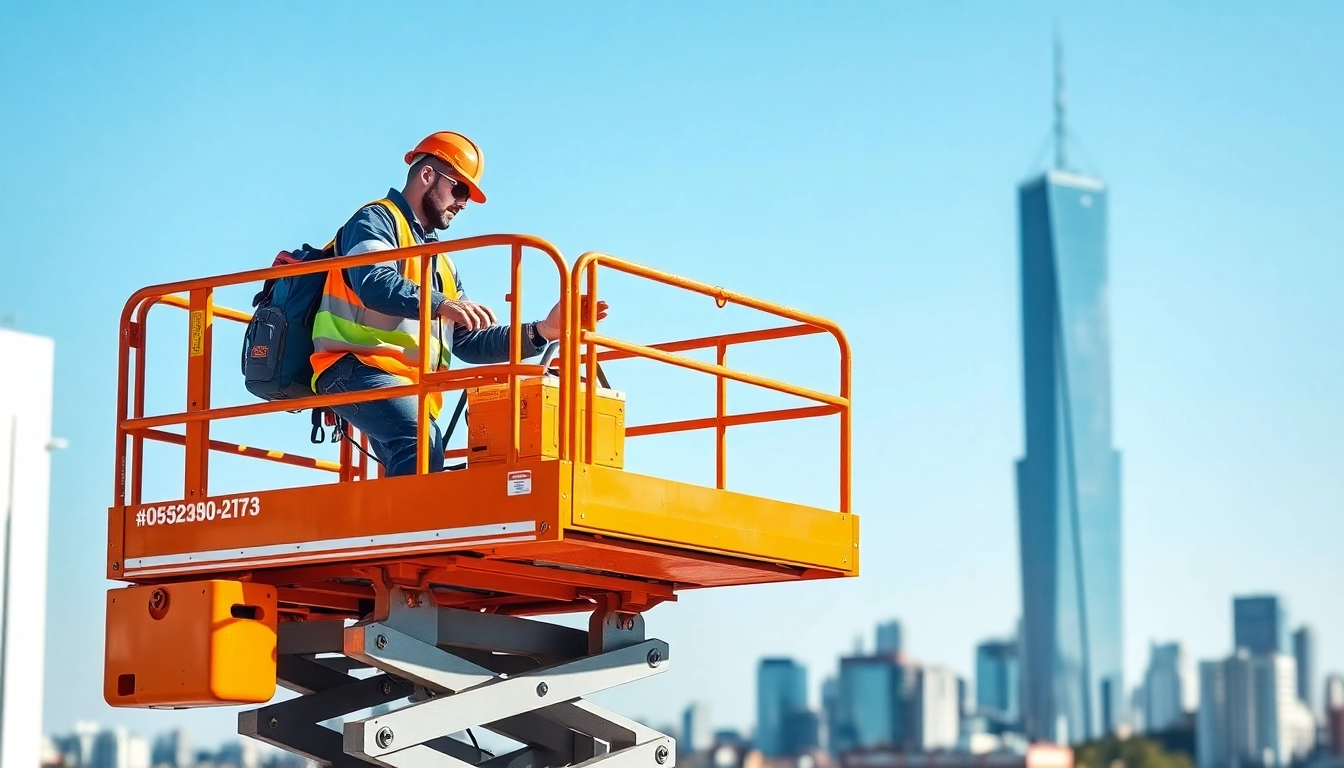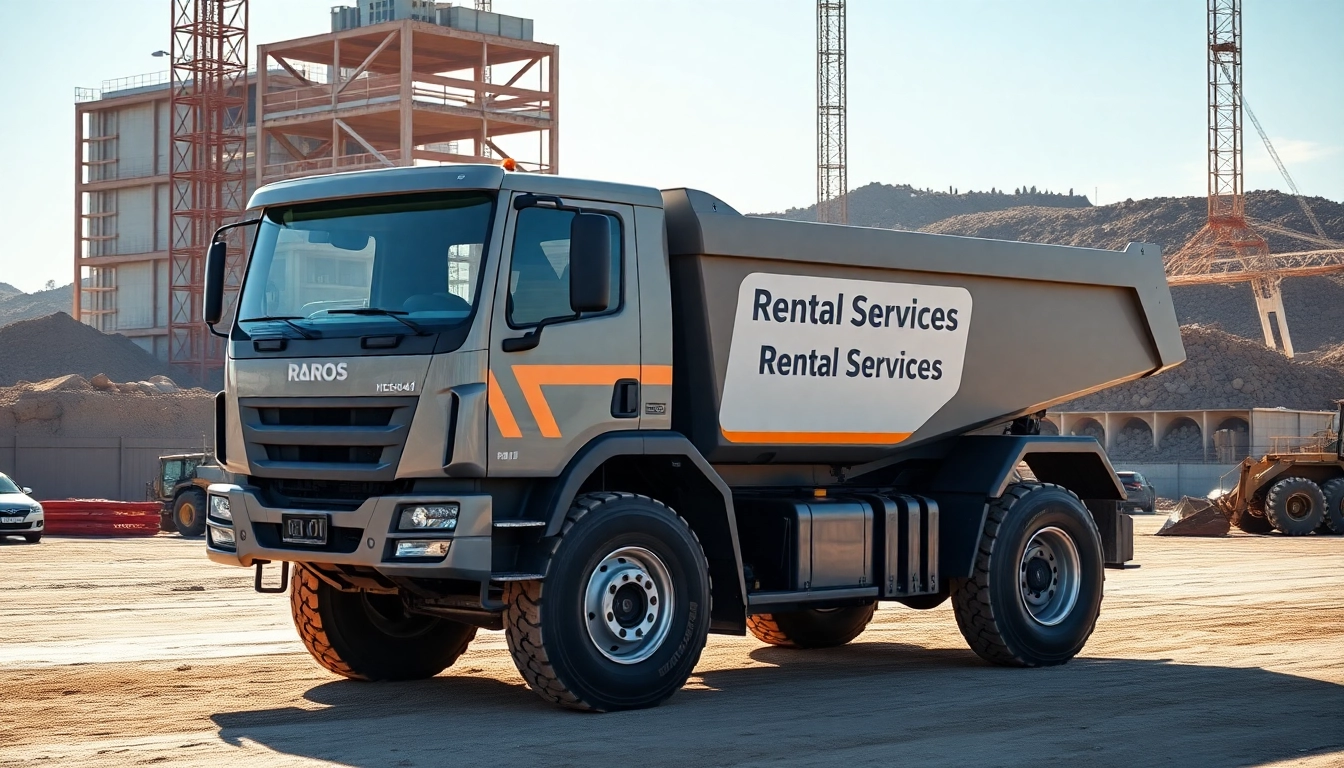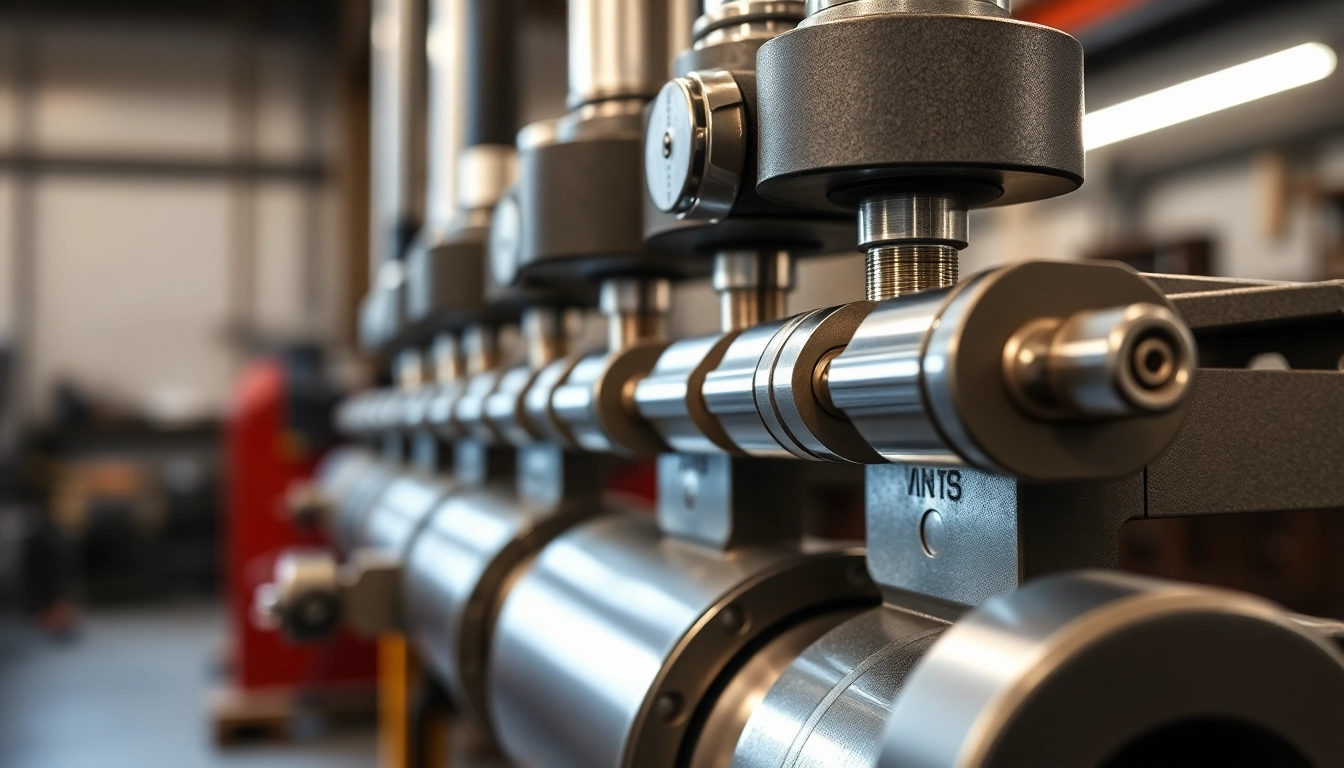Understanding Scissor Lift Rental: Types and Benefits
In the evolving landscape of construction, maintenance, and industrial operations within the UK, the need for efficient high-reach equipment is paramount. Among the various access solutions, scissor lift rental has become a cornerstone for safely reaching elevated work areas. Whether working indoors on delicate surfaces or outdoors on rugged terrain, renting a scissor lift offers flexibility, cost-effectiveness, and safety advantages over purchasing equipment outright. This section explores the fundamental types of scissor lifts and the myriad benefits of opting for rental options tailored to diverse project requirements.
Indoor vs. Outdoor Models: Choosing the Right Equipment
The decision between indoor and outdoor scissor lift models hinges on environmental factors, surface conditions, and project scope. Indoor models are typically electric, designed to operate quietly and without emissions—ideal for factory floors, warehouse interiors, or retail spaces. Their compact design allows for maneuvering in tight spaces, increasing accessibility where space is limited.
Conversely, outdoor models are often diesel or hybrid-powered, engineered for rough terrain, uneven surfaces, and outdoor weather conditions. These lifts feature robust tires, higher ground clearance, and enhanced stability systems to ensure safety and reliability in challenging environments. When selecting a model, assess the specific access challenges and environmental considerations of your project site to determine the appropriate type.
Electric, Diesel, and Hybrid Scissor Lifts: Which Fits Your Project?
The power source of a scissor lift significantly influences operational efficiency, environmental impact, and suitability for specific tasks:
- Electric Scissor Lifts: Known for their quiet operation and zero emissions, electric lifts are perfect for indoor projects, such as interior renovations, retail displays, or cleanroom environments. They offer smooth movement, are easy to maintain, and comply with stringent indoor safety standards. Leading brands now integrate rapid charging and higher battery capacities, extending their usage time for intensive indoor tasks.
- Diesel Scissor Lifts: Equipped for outdoor and rough terrain conditions, diesel-powered lifts provide higher power output and longer operating hours without the need for frequent recharging. They are suitable for construction sites, outdoor maintenance, and large industrial projects, especially where electricity access is limited or nonexistent.
- Hybrid and Hybrid-electric Scissor Lifts: Combining the benefits of electric and diesel power, hybrid lifts offer versatility for both indoor and outdoor applications. They reduce emissions and fuel consumption while maintaining high performance, making them increasingly popular amidst rising environmental regulations.
Key Advantages of Renting vs. Buying Scissor Lifts
Deciding whether to rent or buy equipment is critical, especially for fluctuating project demands. Renting offers several compelling advantages:
- Cost Savings: Avoid the large upfront investment and ongoing maintenance costs associated with ownership.
- Access to Latest Technology: Rentals often include the newest models with advanced safety features and improved efficiency.
- Flexibility: Easily scale your equipment fleet based on project sizes or specific needs, avoiding underutilized assets.
- Reduced Downtime: Rental companies provide maintenance, repairs, and replacement services, increasing operational uptime.
- Compliance and Safety: Rentals typically adhere to current safety standards, reducing liability concerns.
How to Select the Best Scissor Lift Rental Partner
Partnering with a reliable rental provider is crucial for ensuring equipment safety, availability, and overall project efficiency. Consider the following core factors:
Assessing Equipment Quality and Safety Standards
Always verify that rental models meet UK safety standards, such as BS EN 280 for aerial work platforms. Look for providers with well-maintained fleets, certified certifications, and comprehensive safety documentation. Request details on recent inspections, maintenance records, and operator safety procedures. Equipment that complies with safety regulations helps mitigate risks and ensures a safe working environment for your team.
Evaluating Rental Costs and Service Support
While cost is a critical factor, it should be balanced with service quality. Obtain detailed quotes that include delivery, setup, and support. Transparent rental pricing, with no hidden fees, is indicative of reputable providers. Additionally, consider the level of technical support, availability of trained operators, and responsiveness in troubleshooting or equipment replacement to minimize project delays.
Location and Delivery Options for UK Projects
Proximity impacts delivery costs and turnaround time. Leading rental companies offer nationwide coverage, including same-day or next-day delivery within the UK. Confirm that the provider has logistical capabilities to deliver to remote or challenging sites efficiently. Some providers also offer flexible rental durations, from daily to long-term contracts, fitting various project timelines.
Best Practices for Operating Scissor Lifts Safely
Safety is paramount when working at heights with scissor lifts. Proper training, inspection, and handling protocols significantly reduce accident risks. Here are key safety practices:
Pre-Operation Safety Checks and Training
Ensure all operators receive comprehensive training endorsed by recognized safety organizations (e.g., CITB in the UK). Conduct thorough pre-operation inspections covering stability, brakes, controls, safety rails, and emergency systems. Use checklists to standardize inspections and record compliance before each shift.
Proper Usage Techniques to Prevent Accidents
Operators should always:
- Maintain stable footing and avoid overreaching.
- Adhere to weight limits specified by the manufacturer.
- Operate within rated load capacities and avoid unnecessary sudden movements.
- Ensure the platform is fully lowered and locked when moving the lift.
- Be aware of overhead obstructions and power lines, maintaining safe clearance distances.
Regularly monitor weather conditions if working outdoors, avoiding operation during high winds, rain, or lightning.
Maintenance Tips for Longevity and Safety Compliance
Routine maintenance maximizes equipment safety and lifespan:
- Follow the manufacturer’s maintenance schedule diligently.
- Keep hydraulic fluids, batteries, and electrical systems in optimal condition.
- Immediately report and address any malfunctions.
- Ensure clean and lubricated moving parts to reduce wear and tear.
- Store equipment properly when not in use to prevent damage.
Regular documentation and adherence to safety standards foster ongoing compliance and worker confidence.
Maximizing Efficiency with Scissor Lift Rentals
Strategic planning and operational discipline are vital for getting the most value from your rental investment:
Planning Access and Working Heights Effectively
Before rental, conduct thorough site assessments to identify potential access challenges, obstacles, and elevation requirements. Select models with suitable platform heights and outreach capabilities. Use 3D modeling or site maps to plan lifts’ placements, reducing unnecessary repositioning.
Scheduling Rentals to Minimize Downtime
Align rental periods with project phases and ensure timely delivery and pickup. Coordinate with rental providers for flexible extensions if project scope changes. Implement preventive maintenance routines at scheduled intervals to avoid unexpected breakdowns.
Measuring Performance and ROI of Rental Equipment
Track key metrics such as:
- Operational uptime
- Work progress acceleration
- Labor cost savings
- Incident and safety reports
Analyzing these data points helps justify rental expenditure, optimize usage, and improve future project planning.
Latest Trends and Innovations in Scissor Lift Technology
The industry continues to evolve with technological advances that enhance safety, efficiency, and environmental responsibility:
Electric and Zero-Emission Models for Eco-Friendly Projects
Increasing environmental regulations and sustainability goals drive demand for electric lifts. Recent innovations include high-capacity batteries, fast chargers, and lightweight chassis designs, which together deliver longer working hours with minimal carbon footprint. Electric models are now capable of matching diesel lifts in outreach and load capacity, making them suitable for a wide range of applications.
Smart Features and Automation Enhancing Safety
Smart lifts incorporate telematics, sensors, and automation features such as:
- Real-time diagnostics
- Motion sensors to prevent tipping accidents
- Autonomous leveling systems
- Remote monitoring and control via mobile apps
These innovations elevate safety standards and optimize operational efficiency, providing data-driven insights to management teams.
Future Developments in Lift Design and Accessibility
Looking ahead, we anticipate:
- Enhanced hybrid models with greater autonomy and reduced emissions
- Modular designs for easier transportation and assembly
- Advanced safety enclosures and protective features
- Integration with Building Information Modeling (BIM) systems for pre-planning
These developments will further streamline construction workflows and improve safety protocols, ensuring that scissor lift technology remains at the forefront of access solutions.








